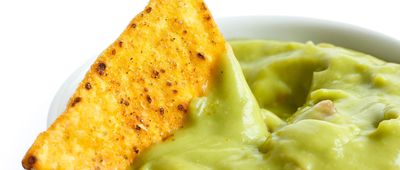Spread Your Wings
There's nothing like good fried chicken — that crispy exterior and a juicy, tender interior is the holy grail of textural marriages. But, unless you're a Southern grandma (and maybe even then), fried chicken can seem tricky, troublesome, and not worth the effort to make at home. Believe us, though, it's worth it and not that hard! We scoured the internet to find the secrets of our favorite chefs to make perfect fried chicken at home. Read on for 20 expert tips that will make everyone want to adopt you as their new Southern grandma.
Related: 50 Cheap and Easy Chicken Recipes





























